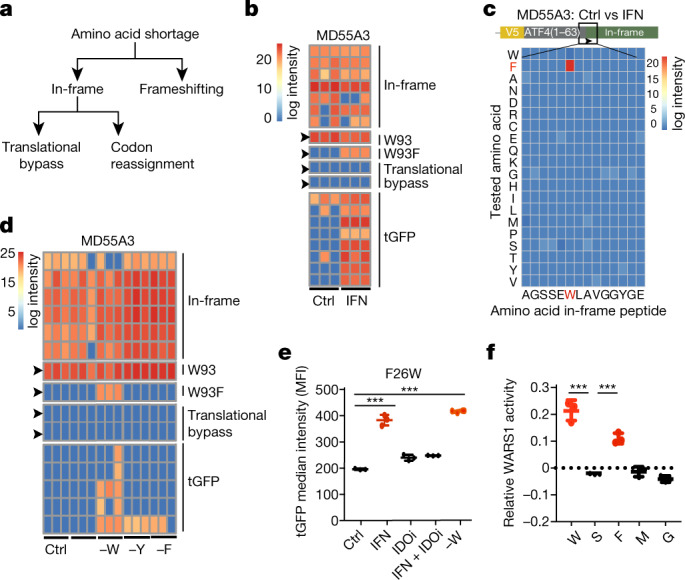Fig. 1. Reporter assays identify IFNγ-induced W>F codon reassignment.

a, A model depicting possible mechanisms that could allow mRNA translation to proceed in case of amino acid shortages. In addition to ribosomal frameshifting, in-frame translation in the absence of tryptophan could be facilitated by codon reassignment or translational bypass. b, MD55A3 melanoma cells expressing V5–ATF41–63–tGFP+1 were treated with or without IFNγ (48 h) (IFN) and then immunoprecipitated with anti-V5 and analysed by mass spectrometry. The heat map depicts log2 intensities of tryptic in-frame and tGFP peptides, as well as the peptides spanning the W93 codon. Each column represents an independent biological replicate. c, Heat map depicting log2 differences in intensities between mock- and IFNγ-treated conditions for codon reassignment events for each of the amino acids in the tryptic peptide spanning the W93 codon. This heat map is based on two biological replicates. d, Same as b, except cells were either mock-treated (Ctrl), or deprived of either tryptophan (−W), tyrosine (−Y) or phenylalanine (−F). e, tGFP median intensity of MD55A3 melanoma cells transduced with a vector expressing tGFP(F26W) and subjected to 48 h IFNγ, IDOi and tryptophan depletion (−W) as indicated. Each dot represents an independent biological replicate, the line shows the average and error bars represent ±s.d. ***P < 0.001 by ordinary one-way ANOVA using Bonferroni’s multiple comparison test. f, Activity assay of recombinant WARS1 incubated with various amino acids. The dots represent all independent biological replicates, the line depicts the average of the triplicate and bars show s.d. ***P < 0.001 by ordinary one-way ANOVA using Bonferroni’s multiple comparison test.
